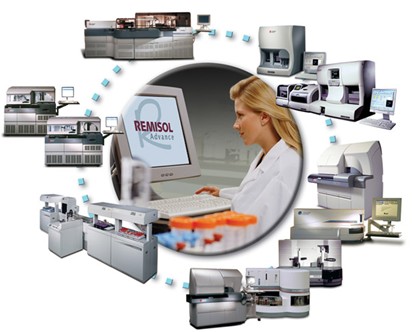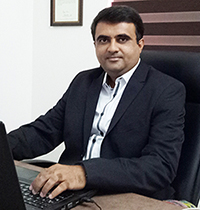The default templates can be used with the lab environments for building your applications. You can create a deploy test workflow in the standard environment of the lab workflows. Here, we can discuss about the steps of the customized default templates for the lab automation.
Prepare For Customization: This is the initial stage where preparation is required
- You can select the Source Control node from the Team Explorer which is required for completion of your team project
- From the Source Control Explorer , you can now expand the Source control tree and can locate the Project Name folder
- This particular folder can be mapped with a local folder , for example C:/Sources
- You can then select the right click option in the default template and can choose the Get Latest Version
- A copy of the default template can be created and named in this stage. For example; LabDefaultTemplate_customize.xaml
- The new file can be added to the source control
- Finally, you need to double-click on the new file which will eventually open the Visual Studio Workflow Editor
Define The Workflow By Specifying Test Binaries Path:
- You can click on the Arguments tab from the workflow editor window
- Select the create argument section and type the name of the arguments in the text box. For example, you can name the argument as the TestBinariesLocation. You can choose the type of the argument from the drop down list and can finally select string.
Pass The Argument Value For Executing Remote Test Run:
- Within the workflow editor, the activity of Running Tests can be selected. The display name of the running tests can be selected as the ExecuteRemoteTestRun
- You can perform a right click in the activity and can choose the properties. The properties window will open in the bottom right corner and the arguments can be displayed through the in and out process.
- Click the test directory from the Properties window. After that you can click the ellipses at the end of the row.
- You can type TestBinariesLocation in the Expression Editor and can select OK.
- Choose the Lab Default Template from the file menu
- Select the check-in icon from the source control explorer menu bar
Now, the customized .xaml file can be used for creating new build definitions.
Customization of Support Application Installers: After deploying the application the lab environment cannot be restarted with the lab default templates. The templates can be customized for supporting all the applications which may require a restart option. The visual studio lab management cannot perform the operations through the virtual machines in the environment. For restarting a single machine, all the machines are required to be restarted in the lab environment. After restarting the virtual machines, three different activities can be noticed in the default lab template: stop environment, start environment and wait for the virtual machines.
- Stop Environment: You can implement a stop environment activity by dragging the Stop Lab Environment activity from the toolbox and can transfer it to the workflow templates for initializing the activity variables.
- Start Environment: For starting the environment, you can select the Start Lab Environment activity from the toolbox.
- Wait for Machines to Restart: You can wait for the machines for the restart action before the workflow of the rest activities get started.
After the entire modification process, the Source Control should be checked and the new build definition can be created if required. The source control files can be allowed to read after the customization process. Sometimes the applications may require restart function right after the installation process.
In this article author shares the process of the customization of lab workflows through the lab automation process.


